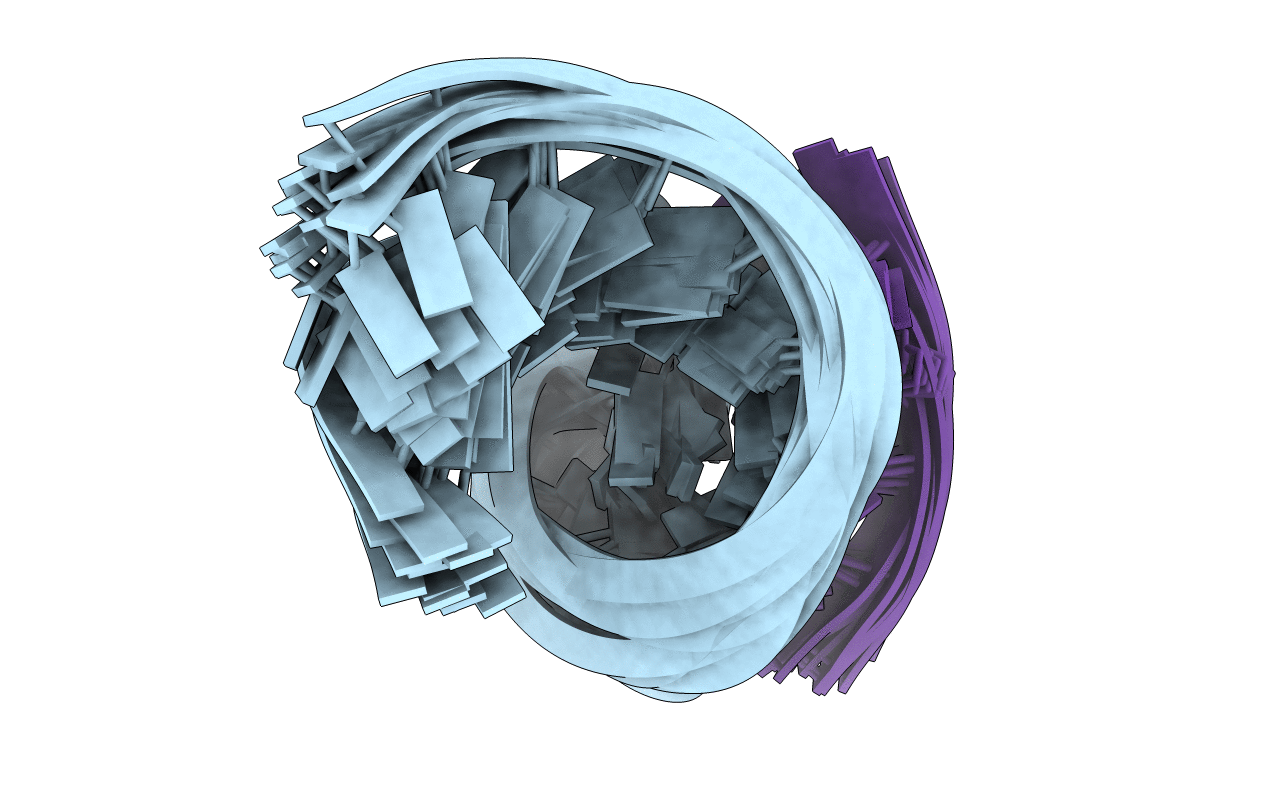
Deposition Date
2021-08-05
Release Date
2022-01-19
Last Version Date
2024-05-15
Entry Detail
PDB ID:
7RQ5
Keywords:
Title:
Hairpin near 3'-Splice Site of Influenza A Segment 7 Bound to 5-nt Oligonucleotide
Biological Source:
Source Organism:
Influenza A virus (Taxon ID: 11320)
synthetic construct (Taxon ID: 32630)
synthetic construct (Taxon ID: 32630)
Method Details:
Experimental Method:
Conformers Calculated:
200
Conformers Submitted:
17
Selection Criteria:
structures with the least restraint violations


